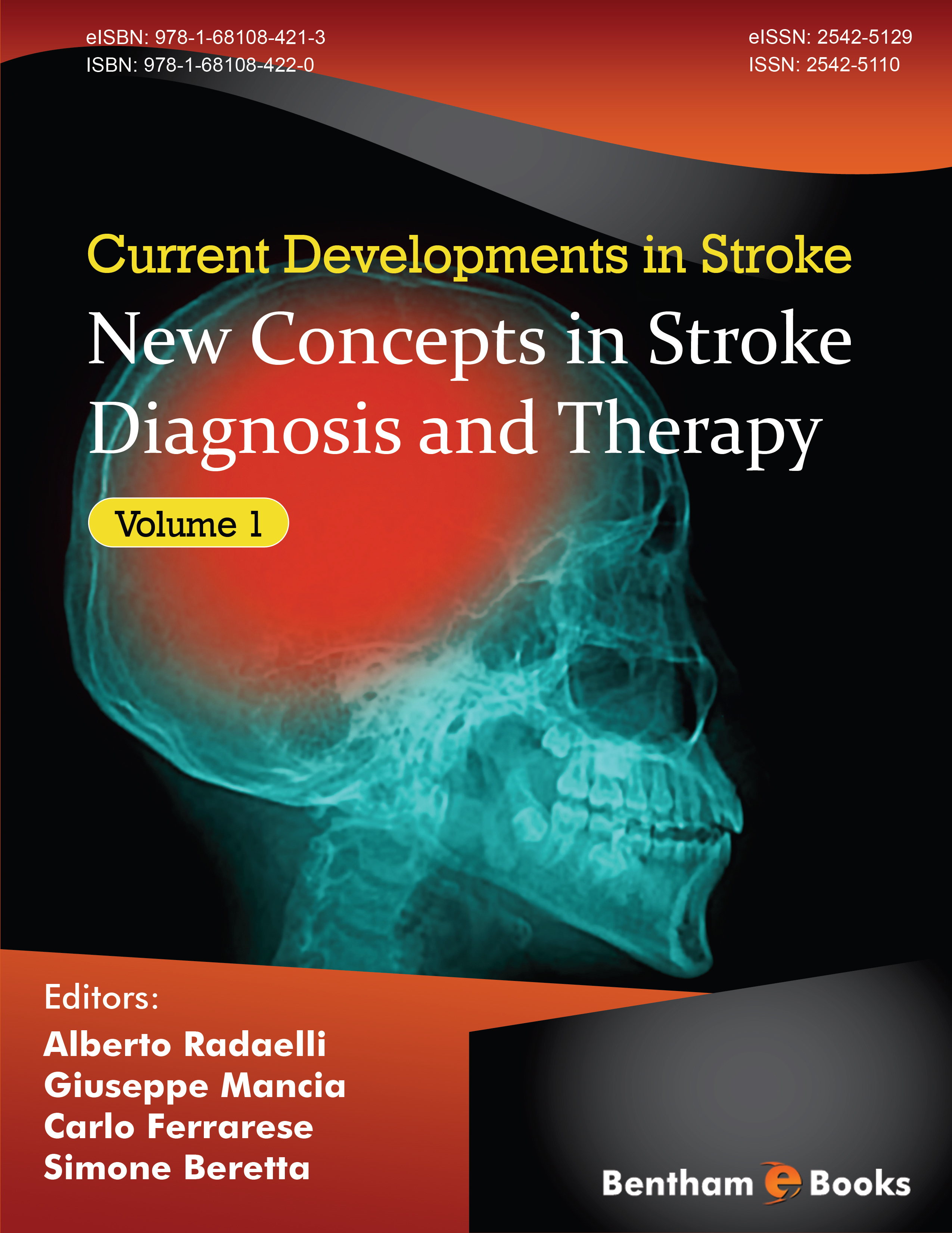Stroke prevention, diagnosis and therapy are all evolving fields that give us the idea of how in progress is the clinical job and the scientific work. Stroke in particular deserves a special mention as it is perceived both by patients and by physicians and it is one of the most feared and invalidating condition.
In this regard, every single step able to improve prevention, accelerate diagnosis and therapy is welcome and need to be rapidly shared with all the scientific community.
On the one hand, despite the stabilization of stroke events in civilized countries other emerging countries contribute to new events so keeping a high prevalence of stroke worldwide. In this regard, stroke prevention still represents one of the missing opportunities and the recognition and treatment of old and new risk factors are mandatory. On the other hand, imaging and therefore diagnosis and therapeutic opportunities are now available to treat faster than ever ischemic events in order to reduce overall cerebral damage and therefore disability. These new possibilities nevertheless should not remain restricted to few golden clinical and scientific realities but be rapidly shared and diffused to the emerging countries where the prevalence of stroke is growing.
This book aims to be an aid to the diffusion and discussion of what is new in the field and what are some of the new directions of prevention, diagnosis and therapy. At least, eighty five per cent of strokes are of ischemic origin and are therefore the results of a missed prevention in vascular atherosclerosis and thrombosis. This has always been a “cardiology” field. It is evident that a tighter cooperation between cardiologists and neurologists is needed in order to share expertise and to create more powerful tools to improve prevention, diagnosis and therapy of vascular events that involve in a similar dramatic way both the heart and the brain.
Dr. Alberto Radaelli
Division of Cardiac Rehabilitation,
San Gerardo Hospital,
Monza,
Italy
Preface 2
Only few decades ago stroke was considered a devastating condition with high mortality, high disability, without adequate prevention strategies, any tool to perform accurate diagnosis and consequently without any effective treatment available.
Scientific and technological advances in the last few years have dramatically changed the scenario: epidemiologic, genetic, imaging, biological and therapeutic advances have made it possible to effectively prevent strokes, to perform accurate differential diagnosis of stroke type and of location of vessel occlusion and new treatments for acute phase have recently demonstrated dramatic results.
In the context of this new scenario, new concepts for stroke diagnosis and therapy emerged, and this book specifically addresses this point.
Major experts and opinion leaders in respective fields extensively review and discuss new advances in the knowledge of the role of stroke risk factor for their prevention; new technological tools to perform in vivo imaging of cerebral collateral circulation and ischemic penumbra are widely described and their relevance for more accurate diagnosis and prognosis is discussed.
Diagnostic challenges in rare aethiologies of stroke are described in detail and new studies on recanalization and neuroprotection strategies are reported, with analysis of their impact on stroke health organization.
Finally, the hemorrhagic risk associated to older and new anticoagulants is discussed and new studies on stroke recovery are presented.
The reader of this new book may obtain a state-of-the-art knowledge of stroke diagnosis and treatment options to address the challenges of this severe, but now treatable disease.
Dr. Carlo Ferrarese,
Department of Neurology, San Gerardo Hospital,
University of Milano Bicocca, Monza,
Italy

